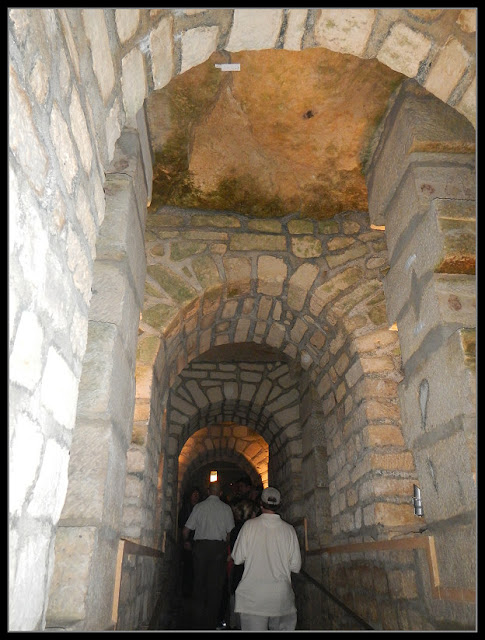As this was our third visit to Paris we elected to skip the usual spots and just do the Hop On Hop Off bus.
It wasn't the best day but as we were tired it was a good way to spend the day sitting down and seeing some of the places we'd not seen before.
First off was a look at my next car.
Arc de Triomphe
The back of Rodin's best known work The Thinker.
Les Invalides, commonly known as Hôtel national des Invalides (The National Residence of the Invalids), or also as Hôtel des Invalides, is a complex of buildings in the 7th arrondissement of Paris, France, containing museums and monuments, all relating to the military history of France, as well as a hospital and a retirement home for war veterans, the building's original purpose. The buildings house the Musée de l'Armée, the military museum of the Army of France, the Musée des Plans-Reliefs, and the Musée d'Histoire Contemporaine, as well as the Dôme des Invalides, a large church with the burial site for some of France's war heroes, most notably Napoleon Bonaparte.
The Seine looking towards the rear of Notre-Dame de Paris
Gardens near the Louvre
Musée du Louvre - The Louvre or the Louvre Museum is one of the world's largest museums and a historic monument in Paris, France. A central landmark of the city, it is located on the Right Bank of the Seine
French Parliament
On of the many bridges over the Seine. Many of these are adorned with padlocks which couples have placed there and thrown the keys into the river.
French National Library. They built 4 L shaped buildings around a square
Wavy Bridge near the library
Madeleine Church; more formally, L'église Sainte-Marie-Madeleine; is a Roman Catholic church occupying a commanding position in the 8th arrondissement of Paris. The Madeleine Church was designed in its present form as a temple to the glory of Napoleon's army.
The Place de la Concorde is one of the major public squares in Paris, France. Measuring 8.64 hectares (21.3 acres) in area, it is the largest square in the French capital. It is located in the city's eighth arrondissement, at the eastern end of the Champs-Élysées.
The Fountain of River Commerce and Navigation,
Egyptian obelisk decorated with hieroglyphics exalting the reign of the pharaoh Ramesses II. It is one of two the Egyptian government gave to the French in the 19th century. The other one stayed in Egypt, too difficult and heavy to move to France with the technology at that time. In the 1990s, President François Mitterrand gave the second obelisk back to the Egyptians.
The obelisk once marked the entrance to the Luxor Temple. The self-declared Khedive of Egypt, Muhammad Ali Pasha, offered the 3,300-year-old Luxor Obelisk to France in 1829. It arrived in Paris on 21 December 1833. Three years later, on 25 October 1836, King Louis Philippe had it placed in the centre of Place de la Concorde.
Champs-Élysées looking from the Place de la Concorde up to the Arc de Triomphe
And we finished off the evening with a show at the Moulin Rouge




















































































